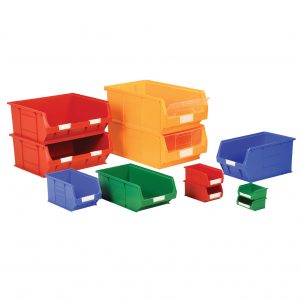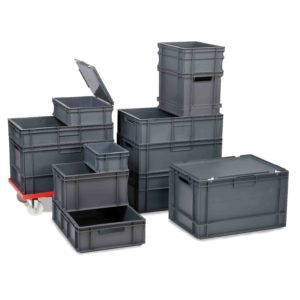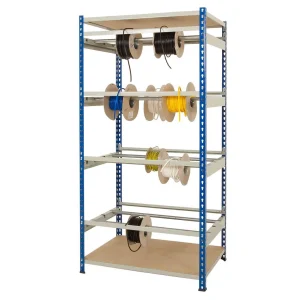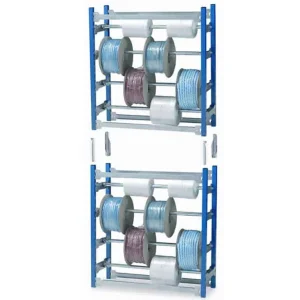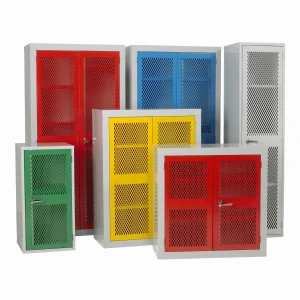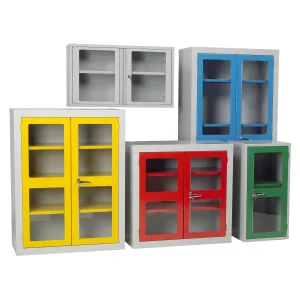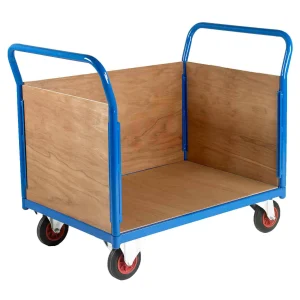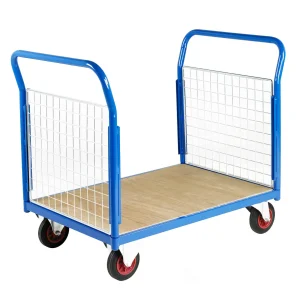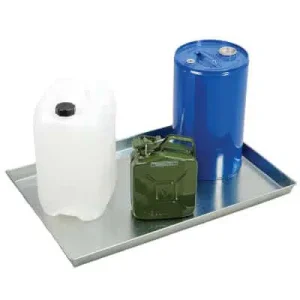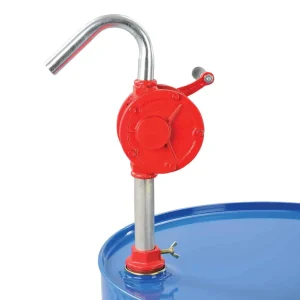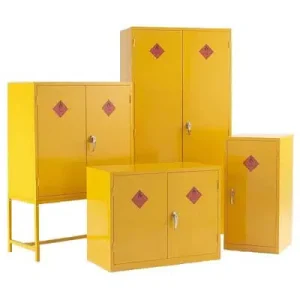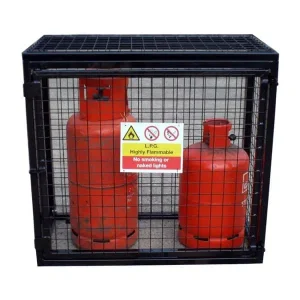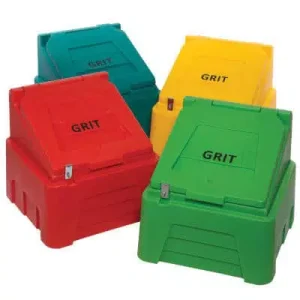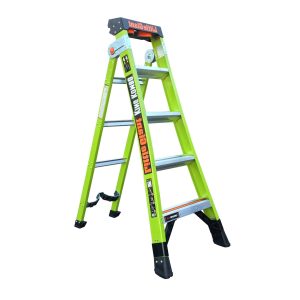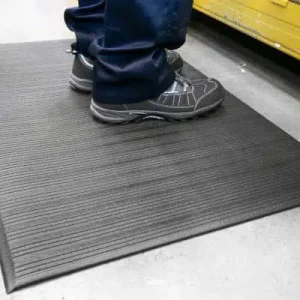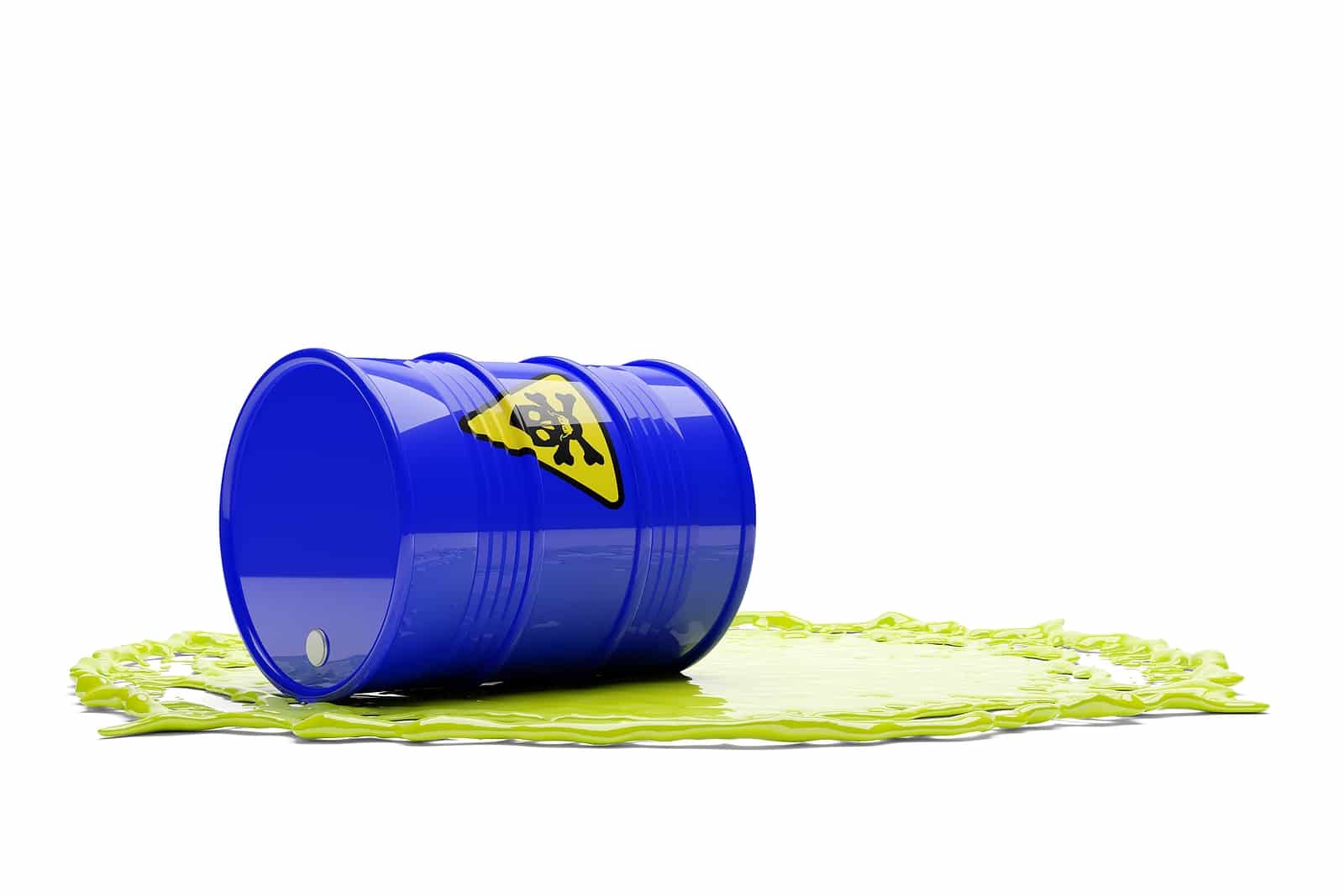
Spill containment or spill control keeps potentially hazardous materials safe should an accidental spill occur. In industries where substances such as chemicals, fuel or oil are regularly used, spillages will require a spill response plan. Spill control is used in factories, plants and even at sea, with methods of spill containment available to surround oil tankers too.
The main goals of spill prevention, control and countermeasures are to do the following:
- Protect people: Many oil and water-based substances are toxic to humans, so the main concern is to protect people from them in the event of a spill. Most chemical spill control containment will also require safety equipment such as gloves and masks.
- Protect equipment: If a fuel tank has been damaged by impact, you might find that fuel substances leak into the surrounding mechanisms of a piece of machinery, spill containment prevents the spread and will reduce damage to the equipment:
- Protect the environment: Spill containment requirements also exist to keep areas of landscape free from chemicals, which can harm the plant, animal and human life. As a result, work on-site, such as during construction, will need effective spill containment.
As leading providers of a range of spill containment products, we understand the best methods and essential facts to remember. One of the best methods of spill containment is prevention, so make sure you look at our drum and fluid handling section for some very effective equipment.
For suitable emergency response plans and being prepared for an accident, simply browse our spill containment section and buy online with free UK delivery. Please feel free to get in touch with us if you have a product question.
What Are the Best Spill Containment Methods?

If you are wondering how to control spills, the main methods are using barriers, absorbent pads and disposal bags, which will put the spilt substance into a safe area for easy disposal. The best method will depend on the industry, but they often use the same principles.
There are a couple of spill containment methods that are useful for commercial and industrial settings, which include the following:
Spill Kits
A spill kit is a small collection of absorbent pads to soak up the spilt liquid, barrier snakes or socks to place around the perimeter of the spill and disposal bags and ties to secure the spill in the bags. The kit will have a rated volume capacity and be delivered alongside a disposal bin.
There are plenty of sizes to choose from, top products from our spill kit range include the following:
- Envirospill 15 Litre Disposable Spill Response Kits: A small kit, perhaps useful for an office space where spills are uncommon, this single-use kit contains 10 pads, 2 cushions and a disposal bag. There are kit versions for chemicals and oil also available.
- Envirospill 50 Litre Shoulder Carry Bag Spill Response Kits: For medium-sized spills, this is a good kit to have on hand. It contains 3 disposal bags alongside 3 1.2 metre absorbent sock barriers and comes in a zip-fastened shoulder carry bag.
- Envirospill 500 Litre Mobile Spill Response Kits: Our largest kit, this is for a big spill of chemicals, oil or water-based substances. It has 15 socks of different lengths and also includes an absorbent boom for manoeuvring the kit components across a large area.
Spill kits are a vital piece of equipment and rapid deployment in the event of an accident will contain even very large spills. The correct size of the spill kit you need will depend on the situation and will normally require a risk assessment to determine what is most appropriate.
Spill Pallets
Many times hazardous substances, chemicals and fuel are in regular use, which drastically increases the chances of a spill occurring. This is where spill pallets come in, which serve the function of catching spills from drums and other containers for safe disposal at a later date.
There are pallets for one or more containers, products from our spill pallet range include the following:
- Single Drum Metal Spill Pallet: Using galvanised grid flooring and a welded leak-proof sump, this simple pallet is designed to make sure you can use a single drum safely in the workplace. Pallet trucks and forklift trucks can easily lift the pallet.
- 4 Drum Metal Spill Pallet with Splashback: This product has the added innovation of a metal splashback, to mitigate the effects of a spill. Finished in corrosion-resistant paint, this spill pallet is suitable for even the harshest of industrial chemicals.
- 8 Drum Metal Spill Pallet: For the largest and safest use of multiple chemicals in the workplace, this is the best product. It has room for 8 drums at once, so it is suitable for the most heavy-duty environments where several types of substances are in use.
Spill pallets are a smart spill containment plan for when you know there is a high chance of a spill occurring. For example, any accidental drips from the tap or valve around an oil tank can simply be collected in the tray, thus eliminating the need for using a spill kit.
What Are the Spill Control Regulations?
In the workplace, control is usually a legal requirement and falls under the safety regulations set forth by the Health and Safety Executive (HSE), which also has the power to enforce these regulations. The regulations relate to emergency response and secondary containment.
The HSE mentions the following spill containment requirements on their website:
- Emergency plan: An emergency response plan is an immediate action you take after a spill. You need to implement measures to protect people, the environment and equipment, which will be different depending on your industry.
- Training: There is no point in having a spill containment plan if staff do not know how to put it into action! Training is vital for all sorts of health and safety, and the HSE make no exception for spill control procedures. Training is a key part of how to control spills.
- Removal of substances: You have to move the spill substance to a safe place, stabilise the spill area and dilute the residue to a safe condition. This would include a spill kit or similar strategy, but also cleaning the area with water or other neutralising chemicals.
The HSE is notoriously broad in its guidance, which is to make sure that the rules apply to all situations. Many independent safety and risk assessments can be completed to determine the best approach for a specific type of industry, which will result in more effective spill control.
How to Maintain Good Spill Control Standards
Effective use of fluid handling equipment can help to prevent spills from occurring, such as a spill pallet to reduce the impact of leaks in a drum or tank system. If a spill does occur then a spill kit can form part of the spill response plan, with all staff requiring the relevant training.
With good processes backed up by reliable equipment, such as our spill pallets and spill kits, you get the best approach for safety. Browse our products to find the right spill control equipment for you and buy online with free UK delivery. Contact us if you have any questions.
How to Maintain Good Spill Control Standards
Hazardous materials require clean-up using a spill kit, which contains absorbent materials and containment socks, as well as disposal bags. Preventing hazardous spills is the best approach but if it is unavoidable a proper procedure will ensure you protect people and equipment.
Our spill kits come with instructions for a clear idea of what to do, but the right procedure to clean up a spill varies depending on the type of hazardous material. Always reference the chemical or manufacturer notes.
We offer incredible spill kits with huge capacities, which are ideal for commercial and industrial environments. Buy online and enjoy free UK delivery with our service – alongside a low-price promise! Please feel free to get in touch with us if you have any questions about our products.
